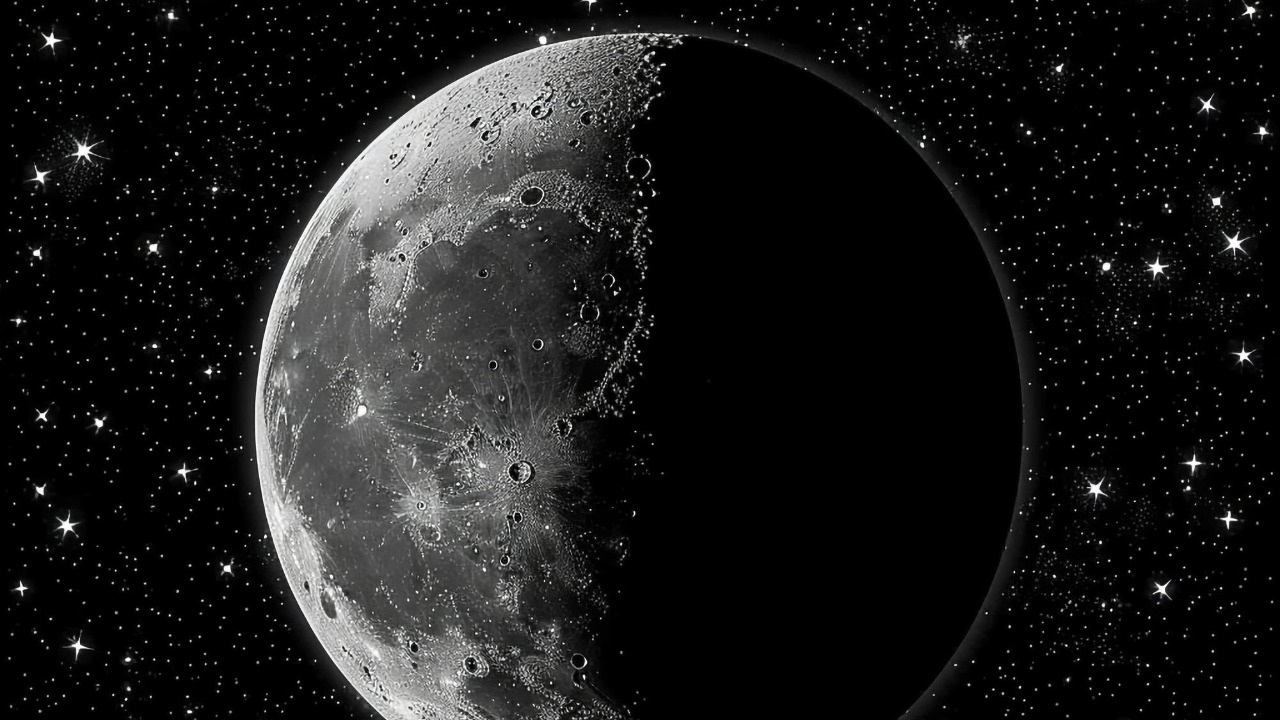
Micrometeoroids, tiny particles often no larger than grains of sand, are hurtling through space at speeds of 70 km/s, posing a severe risk to humanity’s ambitions for long-term habitation on the Moon. These high-velocity impacts could potentially erode equipment, habitats, and even human safety. This threat, detailed in recent analysis, underscores the need for advanced protective measures before extensive Moon colonization efforts proceed.
The Nature of Micrometeoroids
Micrometeoroids are small rocky or metallic particles that originate from asteroids, comets, or debris in the solar system. Their prevalence in the Moon’s environment is due to the lack of atmosphere. These particles typically range in size from dust grains to objects under 1 mm in diameter. Despite their minuscule size, these fragments gain destructive power from acceleration in space. These particles travel at 70 km/s, equivalent to over 250,000 km/h, making them far more energetic than bullets on Earth.
Sources and Origins in Space
Primary sources of micrometeoroids include fragments from the asteroid belt and tails of comets that eject material into interplanetary space, contributing to the flux around Earth and the Moon. The Moon’s position in the inner solar system exposes it to a steady stream of these particles without protective magnetic fields or air. Recent solar activity or orbital dynamics could potentially increase micrometeoroid density near lunar orbits, as implied in 2025 analyses.
Impact Mechanisms on Lunar Surfaces
The physics of hypervelocity collisions are such that 70 km/s impacts create craters, vaporize material, and generate secondary debris on the Moon’s regolith. Exposed surfaces, such as solar panels or rover wheels, face erosion effects leading to gradual degradation over months or years of exposure. There is also the risk of “sandblasting” habitats, where repeated tiny strikes could compromise seals and structural integrity essential for human survival.
Threats to Future Lunar Infrastructure
Planned bases for the Artemis program or private outposts face vulnerabilities where unprotected equipment could suffer cumulative damage from micrometeoroid flux. This could potentially lead to mission failures, including punctures in inflatable modules or disruptions to communication arrays, directly threatening operational continuity. The broader implication is that unchecked micrometeoroids traveling at 70 km/s could delay or derail humanity’s push for sustainable Moon presence by 2030s timelines.
Historical Evidence from Lunar Missions
Data from Apollo missions show actual micrometeoroid pits on returned samples and spacecraft surfaces, validating long-term exposure risks. Findings from recent orbiters like the Lunar Reconnaissance Orbiter, which mapped impact sites and estimated annual flux rates, also support this. The 2025 reporting on November 13 escalates these observations into warnings about intensified threats for crewed outposts.
Mitigation Strategies and Innovations
Passive defenses like multi-layer Whipple shields or regolith-based bunkers could be used to absorb and disperse 70 km/s impacts. Active technologies, such as electrostatic repulsion systems or predictive tracking via satellite networks, could preempt threats. There is an urgent need for international collaboration, including NASA and ESA efforts, to integrate these solutions before humanity’s expanded lunar footprint grows.
Implications for Humanity’s Lunar Future
If micrometeoroid risks are not addressed, it could force redesigns of habitats, increasing costs and timelines for Moon colonization. There could also be cascading effects, like debris generation from impacts creating a self-reinforcing hazard loop around lunar sites. The pivotal role of ongoing research, as highlighted in the November 13, 2025, alert, is crucial in safeguarding long-term human endeavors on the Moon.
More from MorningOverview